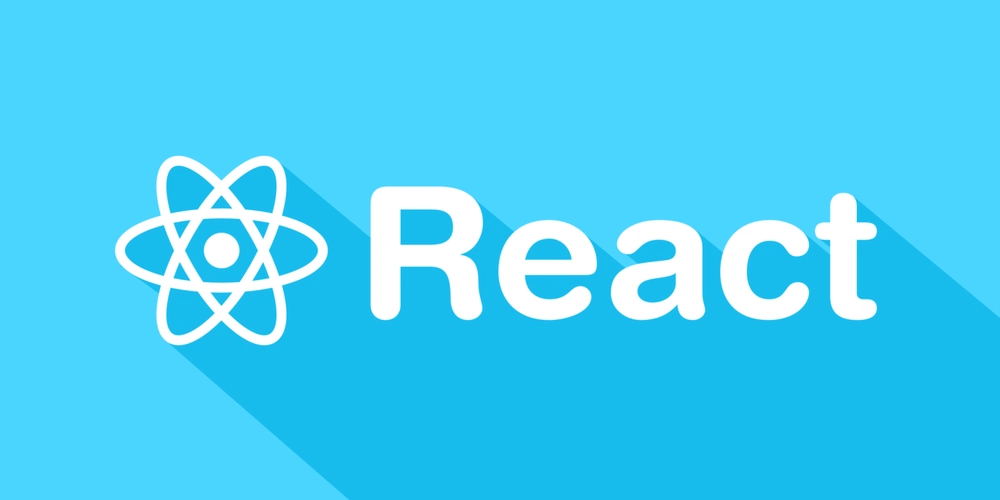Dev
1w
281

Image Credit: Dev
Understanding React's Context API and useContext Hook
- React's Context API and useContext hook provide an elegant solution for sharing data across components without prop drilling.
- The Context API eliminates prop drilling by creating a direct communication channel between providers and consumers.
- It simplifies state management, improves code readability, and is lightweight without additional dependencies.
- Context API is suitable for global state, shared functions, and global settings but not meant for all prop passing or state management.
- To implement Context API, create a context object, a provider component to manage state, and wrap the app with the provider.
- Using useContext, any component can access data and functions from the context.
- Best practices include memoizing context values, splitting contexts by concerns, centralizing updates, and using local state for temporary data.
- Context API vs. Redux comparison shows Context is ideal for small to medium apps, while Redux suits larger apps with complex state logic.
- Context API simplifies state management in React applications, making code cleaner and maintainable following best practices.
- Start using Context API in your React apps for streamlined state management and improved performance today.
Read Full Article
16 Likes
For uninterrupted reading, download the app